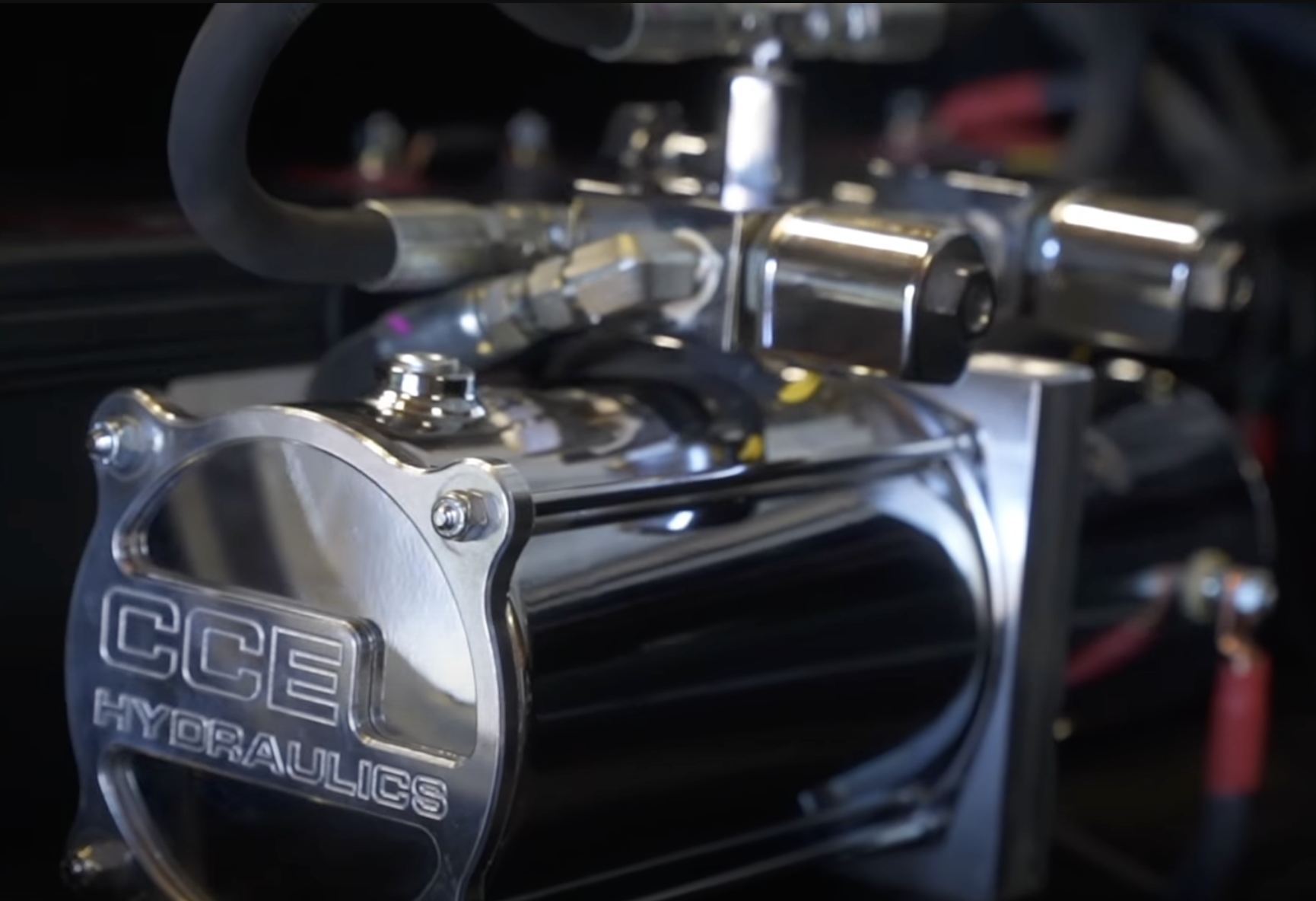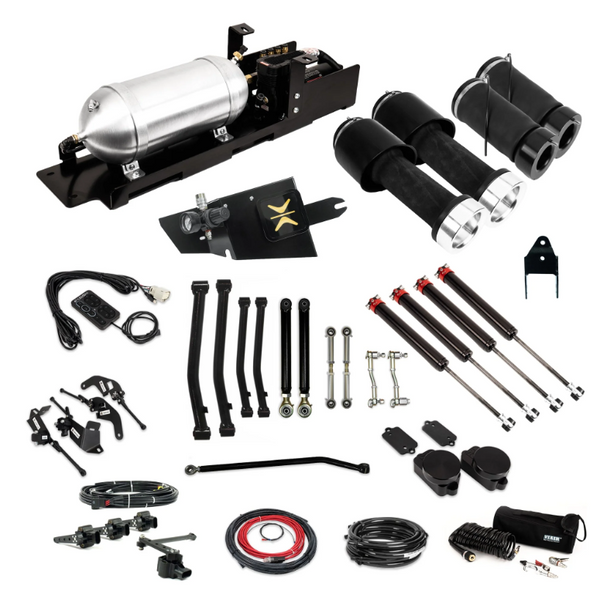When you have a truck you can go one of three ways with it. First, keep it stock; we don’t do much of that here, obviously. Second, you can lower and even bag it, something we do all the time. Or, the third option, another task on our list most days, is to lift it. But when you lift a truck, all sorts of things change. How does your lift kit impact your driving performance? Let’s dive in and figure it out.
It starts with the kit itself.
Lift kits, as their name implies, is about taking a stock vehicle and raising the suspension higher than it was off the showroom floor. There are tons of different types, from basic leveling kits that raise just the front or rear of the truck so it sits physically level, to much bigger kits that can give you upwards of 9 inches of lift.
Smaller lifts will not drastically alter your driving performance, as you’re not doing much to the suspension. Your roll center will likely change, but if you’re keeping the stock wheels and tires, chances are pretty good that your truck or SUV will perform just about the same.
Now when you get into bigger lifts, things change. The first and most obvious thing that changes is your ride height, which also changes your center of gravity — it makes it higher. This means your truck is more likely to tip over at speed when entering a corner, so don’t take your lifted Expedition out to the track to hammer through the twisties. Your ride quality will also change, but that also depends on what kind of shocks and springs you run with the new kit. Overall, You will have some performance shifts, particularly with turning.
Of course there’s one other major complication that changes things a bit …
It all depends on your wheels.
Lifting your truck also comes with a caveat: Chances are pretty good you’re going to buy new wheels, too. Those wheels can be a smaller diameter with big tires, or a larger diameter with even larger tires. This is where things get complicated.
The larger the wheel and tire combination is on your vehicle, the more weight you’re turning. That means it will take longer to accelerate, and it will take longer for you to brake, too. If you go with big diameter chrome or steel wheels, you’ve got added weight to think about, too. That weight can cause all sorts of slow downs both with time to accelerate and time to stop. As a result you should upgrade both your ride’s brakes and potentially your gearing to handle the new rollers.
This also means your vehicle will have an even taller center of gravity, also making it more likely to roll over at high speeds. In that sense, your performance is definitely seeing a hit.
How do I minimize those changes?
You’ve got a couple of options here. First, upgrade things before you go bigger. For example, if you’re going to run some mammother wheels and tires, upgrade your gearing so your truck’s transmission isn’t whining every time you go to drive. Upgrade your brakes so they can handle the bigger wheels, and consider stronger sway bars to minimize the rollover issue.
After that it’s up to you. If you’re making a conscious decision to lift your truck and go really big, accept the trade-offs. You’ll be fine if you change the way you drive, and that’s not a huge deal over the long term anyways. Or, you can also not go as big to start. Go to a 3-inch lift instead of straight to 9 or higher. Then you can take baby steps as you add parts, learning along the way.
No matter which way you go, we’ve got everything you need to do it. Give us a call or stop by the shop and we’ll set you up.







